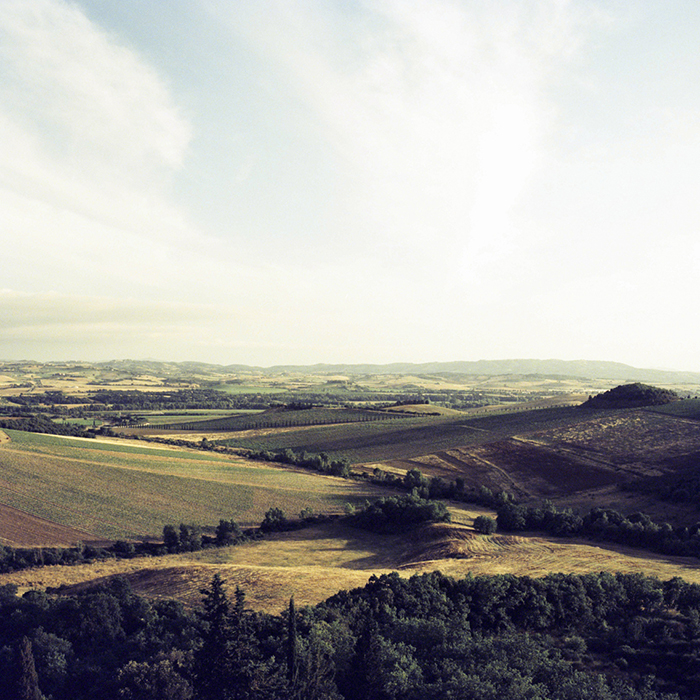Barolo versus Barbaresco: what’s the difference?
Author: Sophie Thorpe

Taking its name from the autumn mists, or nebbie, which roll amongst the hills of the Langhe when this late-ripening variety is picked, Nebbiolo produces wines of serious structure. Its distinctive combination of high tannin and high acidity can make wines severe in their youth, but enables them to age beautifully. Unusually, despite their full body and sometimes fearsome structure, the wines are deceptively pale in colour (leading some blind tasters to mistake it for Pinot Noir), with a brick-red tinge that makes them often look older than they really are.
The wines are known not just for their structure though; it is their intense aromatics that have earnt them much fame – with “tar and roses” being the classic, and rather unusual, descriptor. The wines typically offer a profile of red-berried fruit, with notes of dried herbs and flowers, and, with age, savoury, leathery and earthy aromas.
It is in the Langhe, in the heart of Piedmont, that the most famous examples of Nebbiolo are made – in Barolo and Barbaresco. While it can be difficult to tell the wines apart – and inevitably there are exceptions to every rule, the two regions do, generally, produce slightly different styles of wine.
Barolo, to the south of Alba, has historically been seen as the more prestigious of the two regions. Stretching over almost 1,900 hectares, the wines here legally spend a minimum 38 months maturing after fermentation, with at least 18 of those in wooden barrels.
Barbaresco, meanwhile, only really came to fame in the 1960s, when producers like Gaja and Giacosa proved that it could make wines to rival those of its neighbour. Northeast of the town of Alba, the smaller region (today around 700 hectares) is warmer and drier, the Nebbiolo grapes ripening earlier than in Barolo. As a result, Barbaresco typically produces wines with softer fruit, often characterised as being more “feminine” expressions of Nebbiolo – essentially more elegant, aromatic styles that are often suitable for drinking earlier than Barolo.
Barbaresco legally has to spend less time maturing before it can be released for sale – with a minimum 26 months prior to release, nine of which have to be in barrel (just shy of a year less than Barolo). It is for this reason that the wines are offered sooner than those from Barolo (for example, we are currently offering the 2016 Barolo and 2017 Barbaresco vintages).



Lovely summary. Having spent time studying these wines in detail (and indeed the language used to describe these wines) I still find myself falling back on the Barolo as “masculine” and Barbaresco as “feminine” descriptors. I find it a useful shortcut, both for myself and others, when vocabulary fails to capture the subtle, textural and aromatic differences between these wines.
However, I have had students who have, perhaps rightly, bristled at what they see as lazy anthropomorphism that reinforces perhaps outdated gender stereotypes.
I would be very interested to hear your, and others’ views on this. Has feminine as a descriptor of Barbaresco had its time? I just don’t know.
I put feminine firmly in quotation marks for that very reason: personally, I feel uncomfortable with the use of “masculine” and “feminine” as descriptors beyond their most literal sense. I think that it is, as you suggest, slightly lazy, and that the same meaning can be captured with other terms – and probably better. Ultimately “feminine” or “masculine” are more nebulous, and likely to mean slightly different things to different people. The differences might be subtle, but so, I would argue, is the English language – and it’s more than up to the challenge.